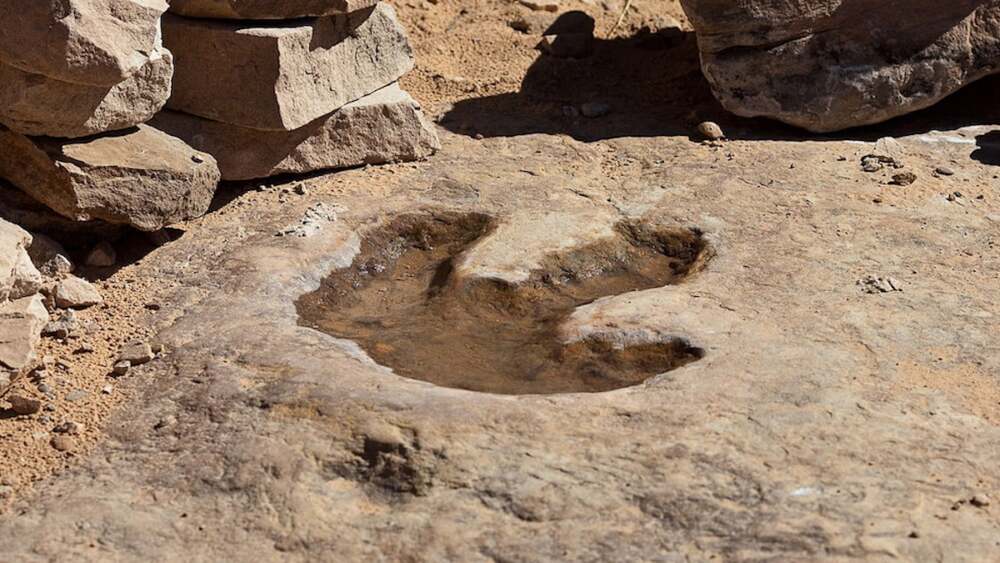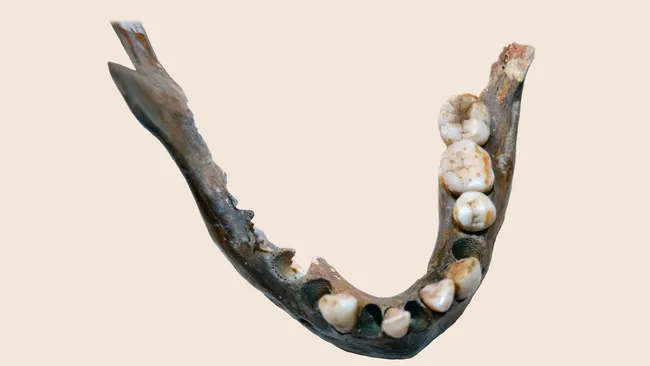NASA’s Perseverance rover has returned what scientists are calling the strongest evidence yet that Mars may once have hosted microbial life. The clues come from a rock sample collected in the Jezero Crater region, in an area that was once part of an ancient lakebed. While the find is exciting, experts emphasize that until the samples are studied in Earth-based labs, the case remains intriguing, not conclusive.
What Was Found
- The rock, nicknamed Cheyava Falls, from the Bright Angel formation near Neretva Vallis, was sampled in mid-2024. It contains clay-rich mudstone formations that preserve speckles or nodules enriched in iron phosphate and iron sulfide. These kinds of minerals on Earth can result from biological activity involving microbes.
- Scientists also detected organic carbon materials within the same rock. Organic carbon is one of the key building blocks of life as we know it, though on its own it doesn’t prove life existed.
- The patterns in the rock, including small scale “spots” and textures, are reminiscent of features produced by microbial communities in wet, sedimentary environments on Earth. The environment where this rock formed likely had water, low temperatures, and conditions conducive to preserving minerals over geological time.
Why This Is Not Proof Enough — Yet
- Perseverance’s instruments are powerful but limited: they can detect chemical signatures and textures, but they can’t perform the full range of tests and analyses that only large, specialized labs can do back on Earth.
- Many of the features and compounds observed could also form through non-biological processes: chemical reactions involving mineral alteration, redox reactions without life, or simply sedimentary and geologic change over billions of years.
- To properly distinguish between life-based vs non-life-based formation, scientists need to analyze the samples under controlled conditions, using more precise techniques than those available on Mars.
The Role of the Mars Sample Return Mission
- Perseverance is collecting many samples with the goal of returning them to Earth. A goal of missions like Mars Sample Return is to bring back precisely these kinds of specimens so scientists can deploy the best lab tools: electron microscopes, molecular analyzers, isotope labs, etc.
- However, that mission has faced delays, cost escalations, and logistical challenges. The timeline for returning Mars samples has slipped compared to earlier projections.
- NASA officials still affirm that getting these samples home remains a priority because it is essential to answering the life question definitively.
What This Means for Our Search for Life
- Regardless of whether this discovery ultimately proves microbial life ever existed on Mars, it is a major advance in astrobiology. It tells us that Mars had environments with water, organics, and mineral conditions that are more similar to early Earth than previously confirmed.
- If confirmed, this could reshape our understanding of Mars’ habitability and push back on assumptions about how rare life is in rocky planets.
- Meanwhile, the discovery adds urgency to support and fund the infrastructure, missions, and international cooperation needed to bring samples home, preserve them properly, and study them comprehensively.
Looking Ahead
- Scientists will continue detailed analyses of Perseverance’s data, comparing different rock samples from Jezero and its river‐valley systems.
- There will be efforts to run simulations and lab experiments on Earth to test non-biological scenarios that could mimic what was observed.
- Policy makers and space agencies will likely see more pressure to commit to a robust sample return architecture — including funding, timeline, and international support.
















Leave a Reply